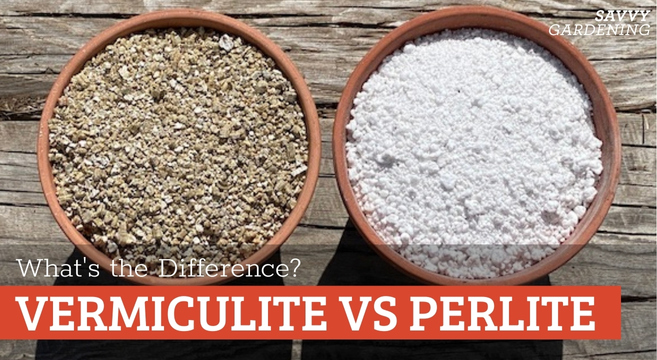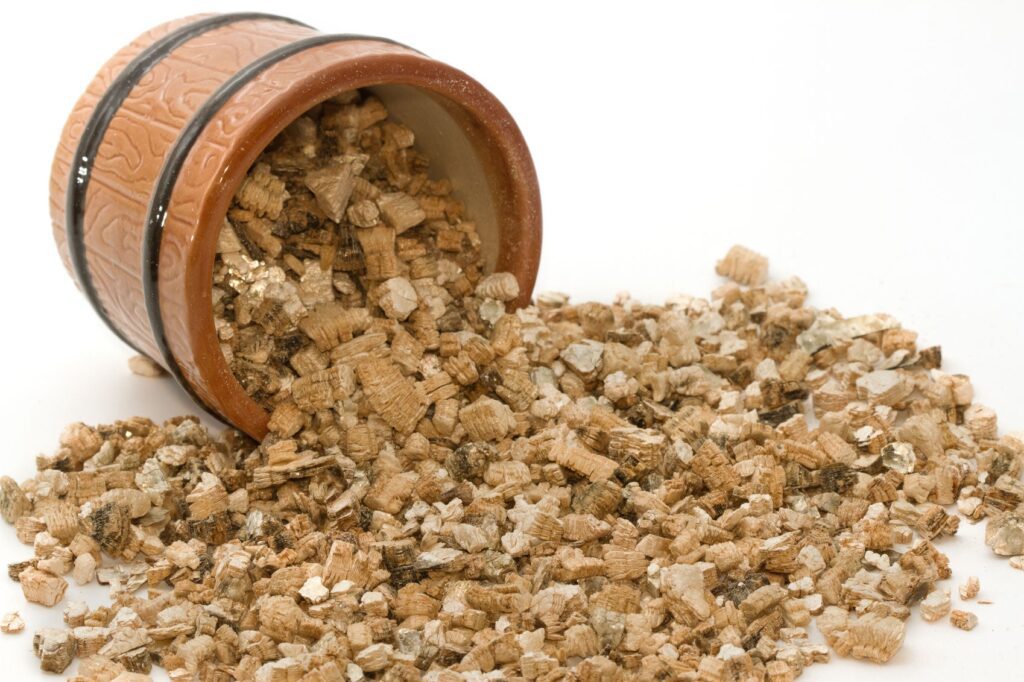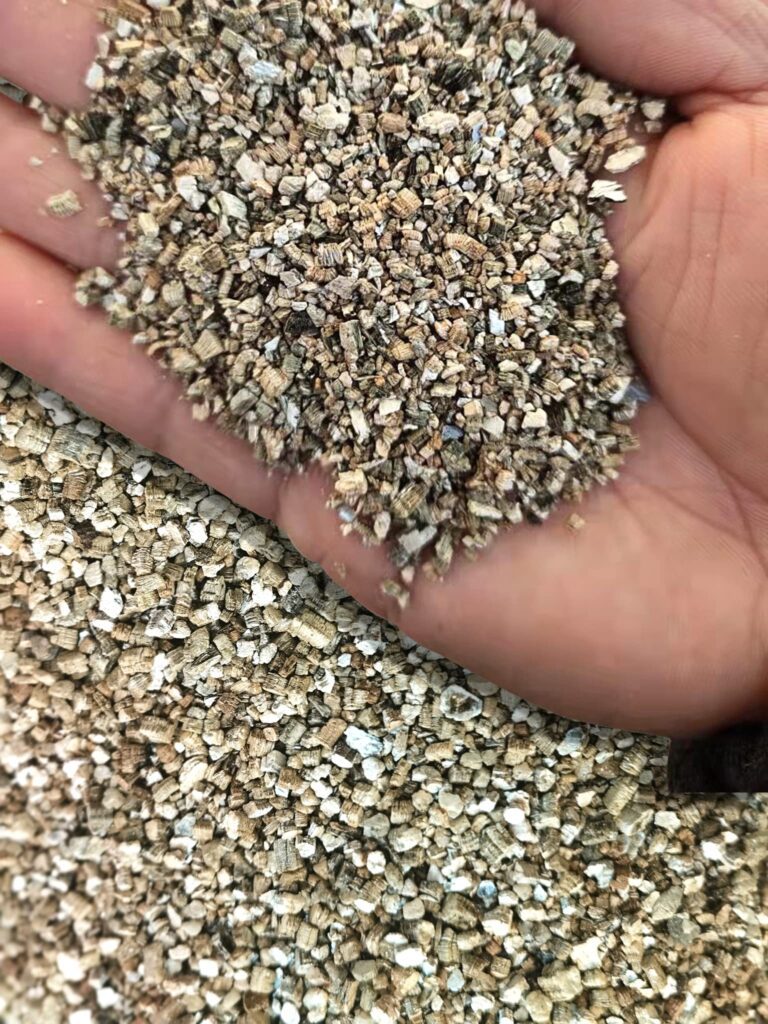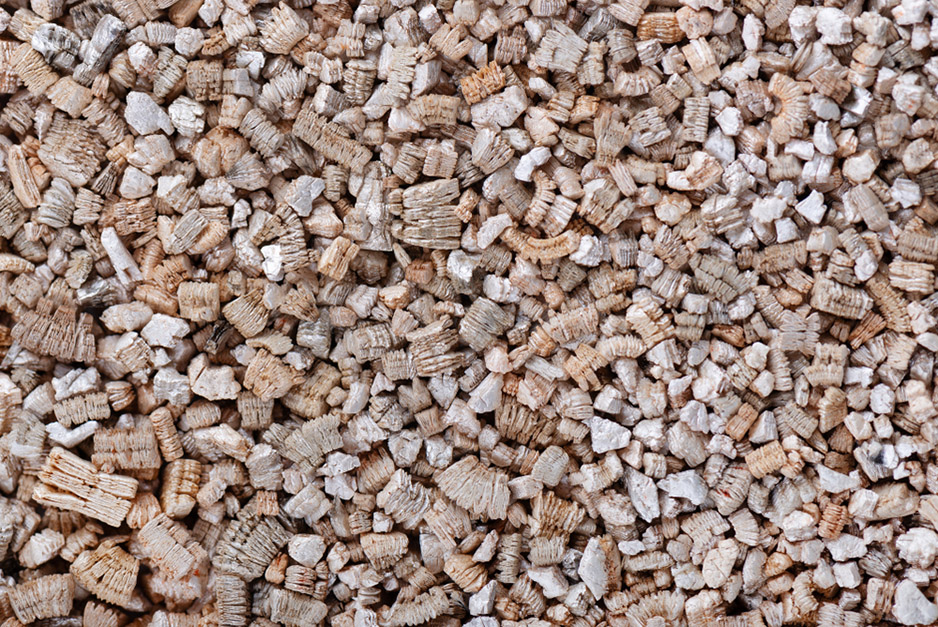Have you ever wondered what soil is best suited for vermiculite? Vermiculite is a naturally occurring mineral that is often used in gardening and horticulture. In this article, we will explore the various types of soil that vermiculite is commonly found in, providing you with valuable insights into creating an ideal growing environment for your plants. So, if you’re ready to enhance your gardening knowledge and take your plant care to the next level, let’s dive into the world of vermiculite and its preferred soil types! Vermiculite is a versatile mineral that can be found in various types of soil. Its unique properties make it an excellent additive for improving the structure and fertility of different soil types. Whether you have sandy soil, clay soil, loamy soil, peat soil, chalky soil, or silt soil, vermiculite can play a vital role in enhancing the soil’s overall quality.
Let’s explore each type of soil and discover how vermiculite can benefit and be applied in each specific soil condition.
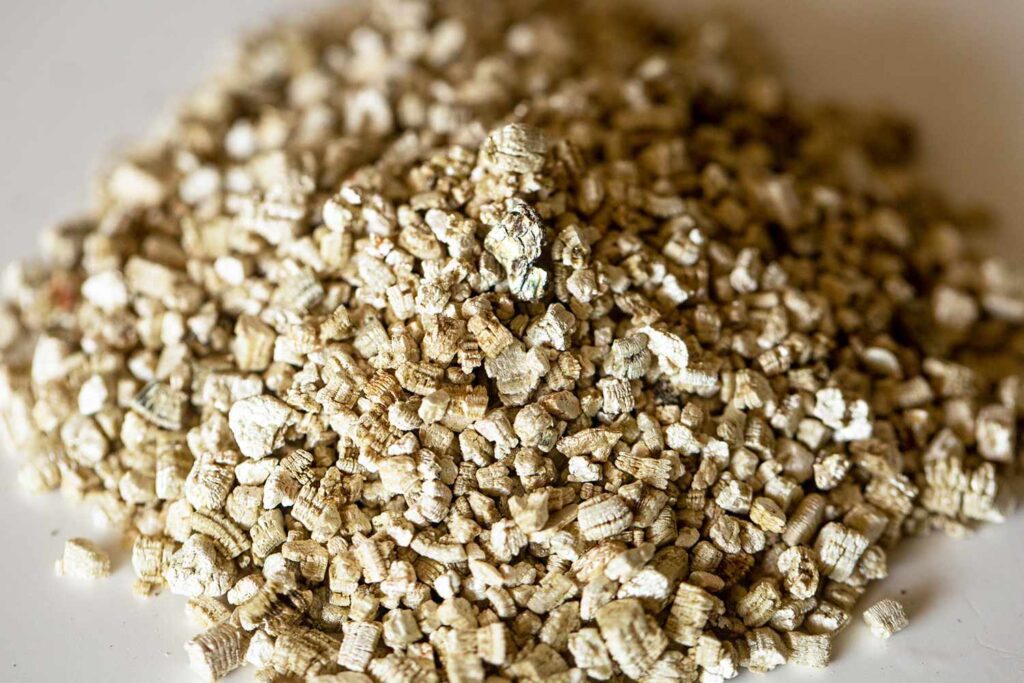

What Is Vermiculite?
Vermiculite is a natural mineral that expands when heated. It is created through the weathering of certain types of rocks, such as mica and phlogopite. This expansion process results in a lightweight, highly absorbent material with excellent thermal insulation properties. In gardening and horticulture, vermiculite is commonly used to improve soil quality and enhance plant growth.
Types of Soil
Before we delve into the benefits and applications of vermiculite in different soil types, let’s briefly understand the characteristics of each soil type.
Sandy Soil
Sandy soil is composed of larger particles that drain water quickly and tend to be low in nutrients. This type of soil is known for its good drainage and aeration properties but lacks water and nutrient retention capabilities.
Clay Soil
Clay soil consists of small particles that can become compacted easily and retain water for long periods. It is rich in nutrients but often drains poorly and can become sticky and hard when dry.
Loamy Soil
Loamy soil is often considered the ideal soil type for gardening and farming. It has a balanced composition of sand, silt, and clay particles, resulting in good drainage, water retention, and nutrient availability.
Peat Soil
Peat soil is characterized by a high content of organic matter, primarily decomposed plant material. It tends to be acidic and poorly drained, making it less suitable for many plants.
Chalky Soil
Chalky soil contains a significant amount of calcium carbonate and can be quite alkaline. It drains well but can suffer from poor nutrient availability and water retention.
Silt Soil
Silt soil is composed of fine particles, smaller than those found in sandy or clay soil. It offers good drainage but can easily become compacted, limiting root growth.
Now, let’s explore how vermiculite can help improve the qualities of these different soil types.
Vermiculite in Sandy Soil
Benefits of Vermiculite in Sandy Soil
Sandy soil is often deficient in essential nutrients, prone to drought, and lacks the ability to retain water and vital plant nutrients. The addition of vermiculite to sandy soil can bring several benefits.
Vermiculite acts as a water-retaining agent, improving the soil’s ability to hold moisture. It absorbs water and nutrients, storing them within its structure and gradually releasing them to the plants’ roots. This property prevents water and nutrients from rapidly draining through sandy soil, making them more available to the plants and reducing water requirements.
Furthermore, vermiculite enhances the soil’s aeration properties by loosening the texture of sandy soil. This allows for better root penetration, enabling plants to access nutrients deep within the soil.
Application of Vermiculite in Sandy Soil
To improve sandy soil with vermiculite, mix it thoroughly into the top few inches of the soil. Aim for a ratio of around 25% vermiculite to 75% sandy soil. This blend will help retain moisture, increase nutrient availability, and enhance the soil structure.
By applying vermiculite to sandy soil, you can transform its challenging properties, creating an environment where plants can thrive even in sandy conditions. Whether you have a vegetable garden or a flower bed, the addition of vermiculite will work wonders.
Vermiculite in Clay Soil
Benefits of Vermiculite in Clay Soil
Clay soil can be heavy, compacted, and prone to poor drainage. Its dense composition can suffocate plant roots, preventing adequate oxygen and water from reaching them. However, vermiculite can help overcome these challenges and improve the overall structure of clay soil.
Vermiculite acts as a soil conditioner, loosening the compacted texture of clay soil and improving its aeration properties. The expanded vermiculite particles create spaces within the soil, enhancing root penetration and allowing water and oxygen to flow more freely.
Additionally, vermiculite’s water-retention capabilities are particularly useful in clay soil. It helps regulate moisture levels by absorbing excess water during wet periods and gradually releasing it to the plants as the soil dries out. This prevents waterlogging and allows plant roots to access the necessary moisture without suffocating.
Application of Vermiculite in Clay Soil
To improve clay soil with vermiculite, mix it thoroughly into the top few inches of the soil, aiming for a ratio of around 25% vermiculite to 75% clay soil. This blend will help break up the clay particles and create a more ideal environment for plant growth.
By adding vermiculite to clay soil, you can effectively enhance its drainage, aeration, and water retention properties. This transformation will enable plants to establish healthier root systems and thrive in conditions that were previously challenging.
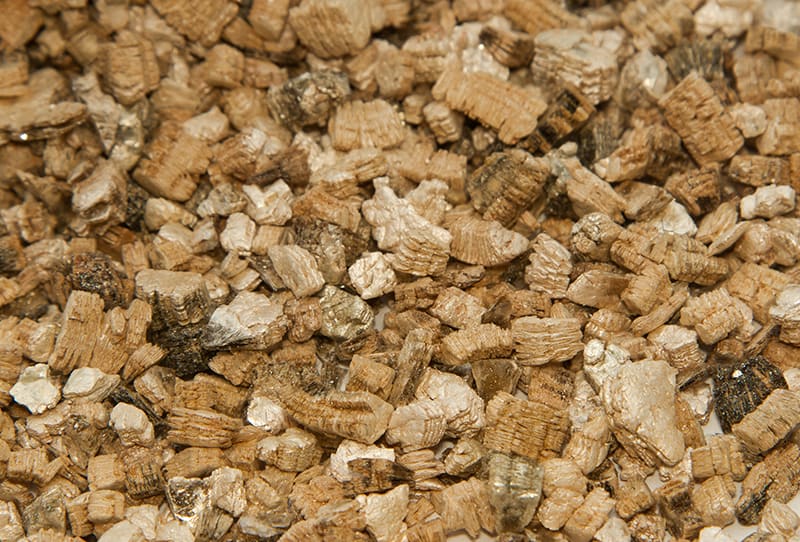

Vermiculite in Loamy Soil
Benefits of Vermiculite in Loamy Soil
Loamy soil is already considered the gold standard for gardening due to its excellent combination of sand, silt, and clay particles. However, even the most ideal soil can benefit from the addition of vermiculite.
Vermiculite enhances the water-holding capacity of loamy soil, ensuring that it stays adequately moist for plant growth. It absorbs excess water and slowly releases it back to the plants, reducing the frequency of watering needed.
Additionally, vermiculite improves the soil’s nutrient retention by absorbing and storing essential plant nutrients, making them readily available to the roots. This helps support healthy plant growth and reduces the risk of nutrient leaching.
Application of Vermiculite in Loamy Soil
To enhance loamy soil with vermiculite, mix it into the top few inches of the soil, aiming for a ratio of around 10%-15% vermiculite to 85%-90% loamy soil. This blend will maximize the soil’s water-retaining capabilities while maintaining its balanced composition.
By incorporating vermiculite into loamy soil, you can further optimize its already favorable properties. This combination will promote vigorous plant growth and ensure that your garden or farm thrives.
Vermiculite in Peat Soil
Benefits of Vermiculite in Peat Soil
Peat soil is characterized by its high organic matter content but can have poor drainage and acidity issues. Vermiculite can address these challenges and enhance peat soil’s overall fertility and structure.
Vermiculite acts as a soil conditioner, improving peat soil’s drainage capabilities by preventing water from pooling and becoming waterlogged. It helps create air spaces within the soil, promoting better oxygen flow and reducing the risk of root rot.
Additionally, vermiculite’s neutral pH helps counterbalance the acidity of peat soil. As a result, plants can thrive in a more suitable pH range, accessing essential nutrients without being hindered by extreme acidity.
Application of Vermiculite in Peat Soil
To improve peat soil with vermiculite, mix it thoroughly into the top few inches of the soil, aiming for a ratio of around 25% vermiculite to 75% peat soil. This blend will enhance the soil’s drainage, aeration, and pH balance.
By incorporating vermiculite into peat soil, you can create a healthier and more balanced environment for your plants. This will help them establish robust root systems, access vital nutrients, and overcome the challenges typically associated with peat soil.
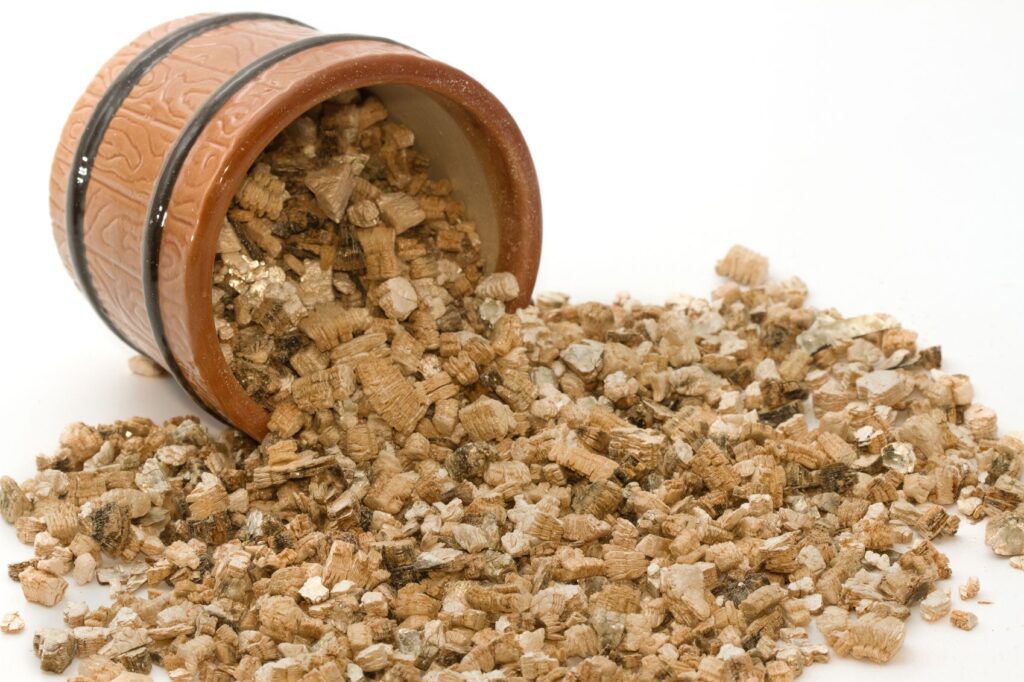

Vermiculite in Chalky Soil
Benefits of Vermiculite in Chalky Soil
Chalky soil, with its high alkalinity and limited nutrient availability, can present difficulties for plant growth. However, vermiculite can play a crucial role in improving the soil’s properties and supporting vibrant plant development.
Vermiculite’s ability to retain water is especially beneficial in chalky soil, where water tends to drain quickly. By absorbing and releasing moisture gradually, vermiculite ensures that plants have access to sufficient water for sustained growth.
Moreover, vermiculite acts as a nutrient reservoir, absorbing and storing essential plant nutrients. This helps counteract the limited nutrient availability in chalky soil and provides plants with ready access to the nutrients they require for healthy development.
Application of Vermiculite in Chalky Soil
To improve chalky soil with vermiculite, mix it into the top few inches of the soil, aiming for a ratio of around 10%-15% vermiculite to 85%-90% chalky soil. This blend will enhance the soil’s water-holding capacity and nutrient availability.
By introducing vermiculite to chalky soil, you can transform its challenging properties and create a more favorable environment for plants. This will enable them to thrive despite the alkalinity and limited nutrient content typically associated with chalky soil.
Vermiculite in Silt Soil
Benefits of Vermiculite in Silt Soil
Silt soil can be compacted and susceptible to erosion due to its fine particles. Vermiculite can help address these concerns and improve the overall structure and fertility of silt soil.
Vermiculite’s water-retaining properties aid in preventing erosion by reducing water runoff. It helps the soil hold moisture, allowing it to be gradually absorbed by plants’ roots instead of being lost through runoff.
Furthermore, vermiculite enhances the aeration of silt soil by creating air pockets within the soil. This allows plant roots to access oxygen more easily, promoting healthier root development.
Application of Vermiculite in Silt Soil
To improve silt soil with vermiculite, mix it thoroughly into the top few inches of the soil, aiming for a ratio of around 10%-15% vermiculite to 85%-90% silt soil. This blend will enhance the soil’s water-retaining capabilities and improve its structure.
By incorporating vermiculite into silt soil, you can enhance its drainage, aeration, and erosion control properties. This will create an environment that supports optimal root growth and plant development.
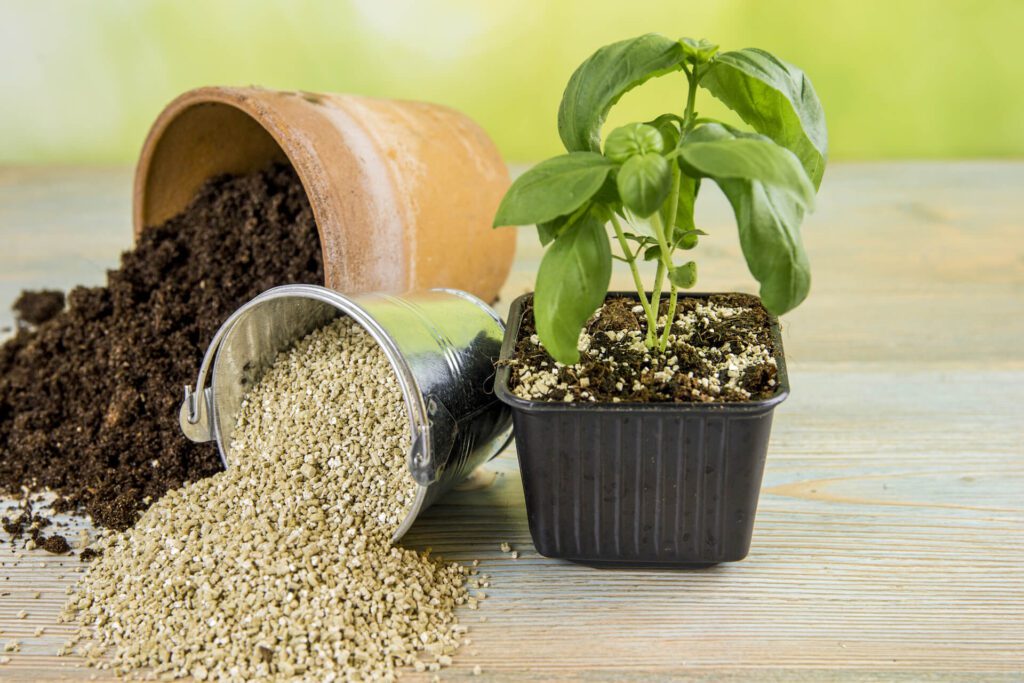

Vermiculite and Soil pH
Effect of Vermiculite on Soil pH
Soil pH is a crucial factor that affects nutrient availability and overall plant health. Vermiculite is neutral in pH, which means it has no significant impact on soil acidity or alkalinity. This makes it a versatile additive that can help balance the pH levels in various soil types.
Vermiculite for Adjusting Soil pH
In soils with extreme acidity or alkalinity, incorporating vermiculite can help bring the pH closer to the neutral range. Its neutral pH helps buffer the soil, stabilizing pH levels and creating a more suitable environment for plant growth.
To adjust soil pH with vermiculite, mix it thoroughly into the top few inches of the soil, using the appropriate ratio based on the specific soil type. Regular testing of the soil pH is recommended to fine-tune the necessary vermiculite quantities.
By using vermiculite to adjust soil pH, you can create an optimal environment in which plants can absorb nutrients effectively, leading to improved growth and overall health.
Conclusion
In conclusion, vermiculite is an invaluable resource for improving soil quality across a broad spectrum of soil types. Whether you have sandy soil, clay soil, loamy soil, peat soil, chalky soil, or silt soil, vermiculite can play a significant role in enhancing the unique characteristics and addressing the challenges of each soil type.
By incorporating vermiculite, you can improve water-holding capacity, enhance drainage and aeration, balance pH levels, increase nutrient availability, and create a more favorable environment for plant growth.
Considerations and Recommendations
When using vermiculite in different soil types, it is essential to consider the specific needs and requirements of your plants. Conduct soil tests to determine the current soil conditions, including nutrient levels and pH, and tailor the vermiculite application accordingly.
Additionally, vermiculite should be used in combination with other organic matter, such as compost or well-rotted manure, to further enrich the soil and provide a balanced mix of nutrients.
Lastly, regular monitoring of the soil’s moisture levels, pH, and nutrient content will help you fine-tune the necessary vermiculite applications and ensure optimal plant growth.
Overall, incorporating vermiculite into your gardening or farming practices can greatly enhance the quality and productivity of your soil. Embrace the versatile properties of vermiculite and witness the positive impact it can have on your plants and garden. Happy gardening!




